Don’t Trim These Plants Before Fall: 7 Plants You Should Not Prune In Summer
High summer is synonymous with deadheads and straggly growth, so it’s tempting to reach for the cutters. But here are the plants you should not prune in summer – and why

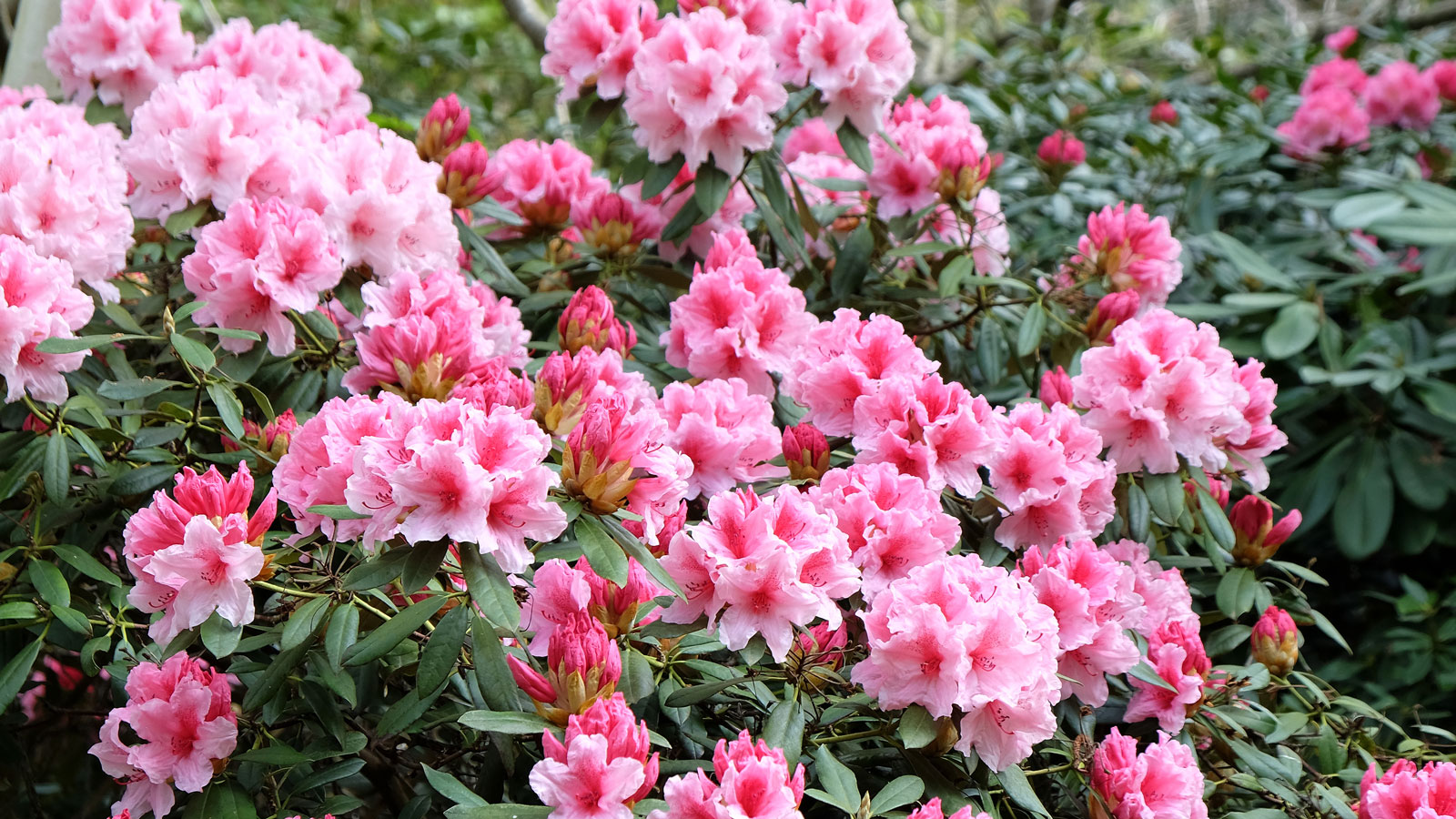
Pruning shrubs, vines and other plants keeps them healthy and maintains desirable sizes and shapes. Summer floral displays can often become unruly, and if you are keeping on top of deadheading, you may also be tempted to trim back a large plant – but that could be a mistake.
While you can work on houseplants just about any time, there are several key ornamental plants you should not prune in summer. One of the pruning basics you should always adhere to is that timing is everything. So here are the plants to keep safe from the cutters until later in the year.
Why Certain Plants Don’t Like Summer Pruning
Before we look at the outdoor plants you should never prune in summer, it can help to keep in mind the reasons why. The primary reason for not pruning perennials in the summer is that these plants set their buds for next year’s flowers in summer. If you trim them off, you reduce next spring’s blooms. So it’s important to respect those perennial plants you should never prune in summer if you can help it.
Another issue is that pruning too late into the growing season can stimulate fresh growth that won’t have time to harden off before the colder weather of fall and winter. Read on for the examples of plants that don’t need pruning in summer, and that could be damaged if you do.
1. Oleander
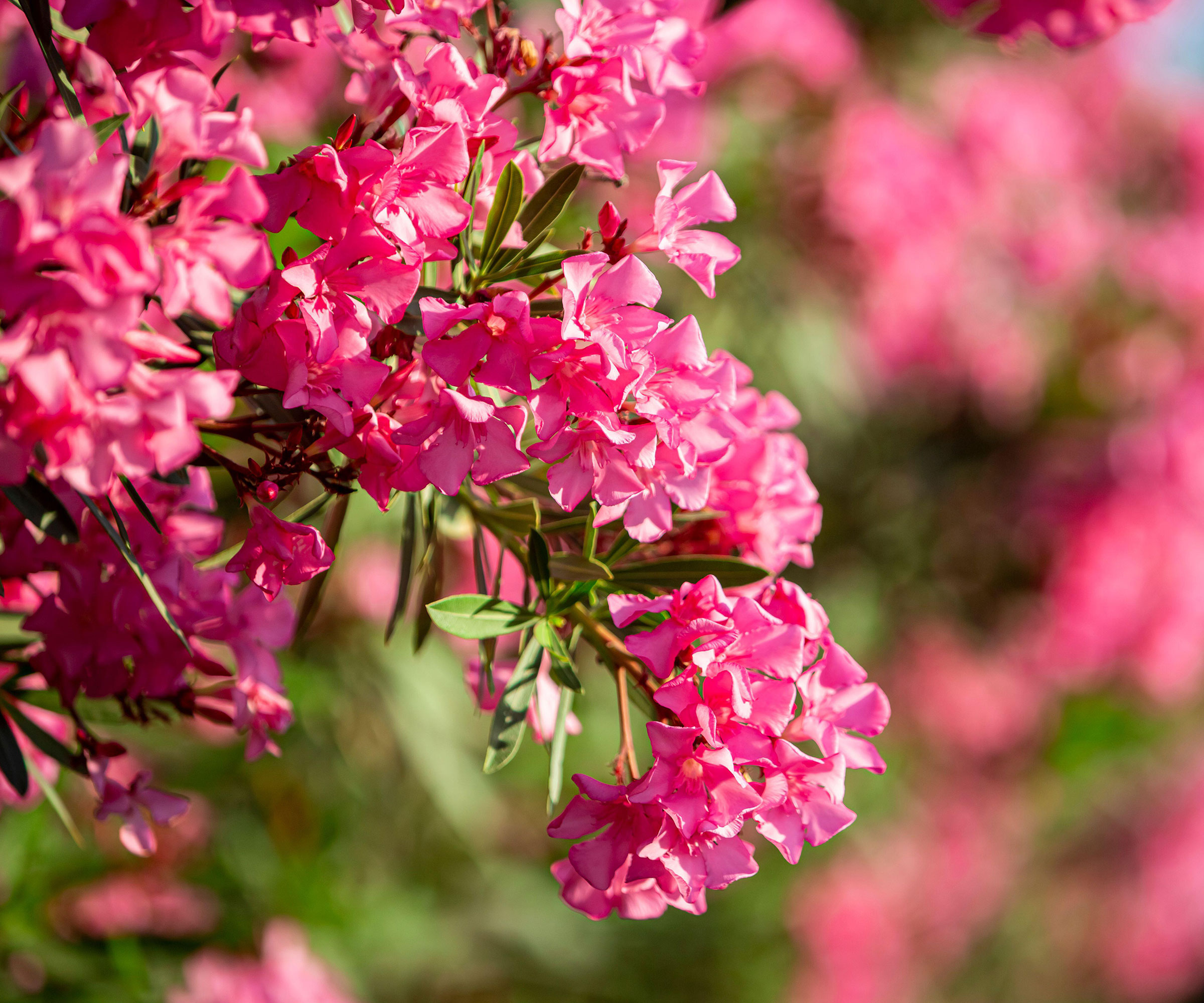
Oleander (Nerium oleander) is an evergreen flowering shrub or small tree hardy in USDA zones 9-11. In these warm zones, several oleander varieties bloom much of the year and are relatively low maintenance. You should prune oleander in late winter before new growth appears. Flowers grow on new growth, so this will not disrupt regular blooming.
2. Potentilla
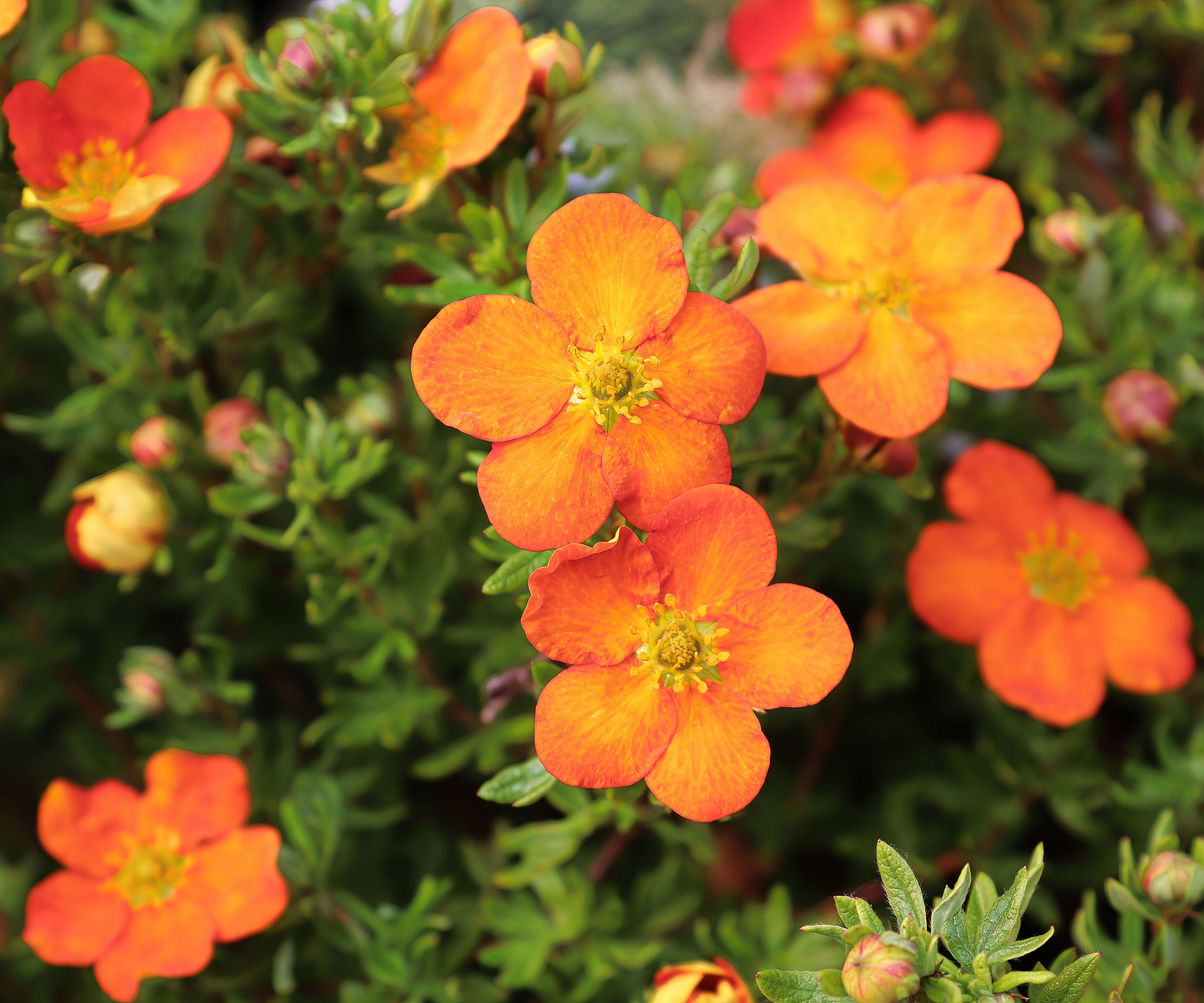
Also known as cinquefoil, potentilla (Potentilla fruticosa) is a small-to-medium-flowering shrub for USDA zones 2-7. Its pretty little anemone-like flowers bloom in summer in shades of yellow, orange, red, white or pink. Potentilla flowers on new wood, so prune it in late winter or early spring. The thickest stems will not bloom anymore, so you can cut them all the way back.
3. Crepe Myrtle
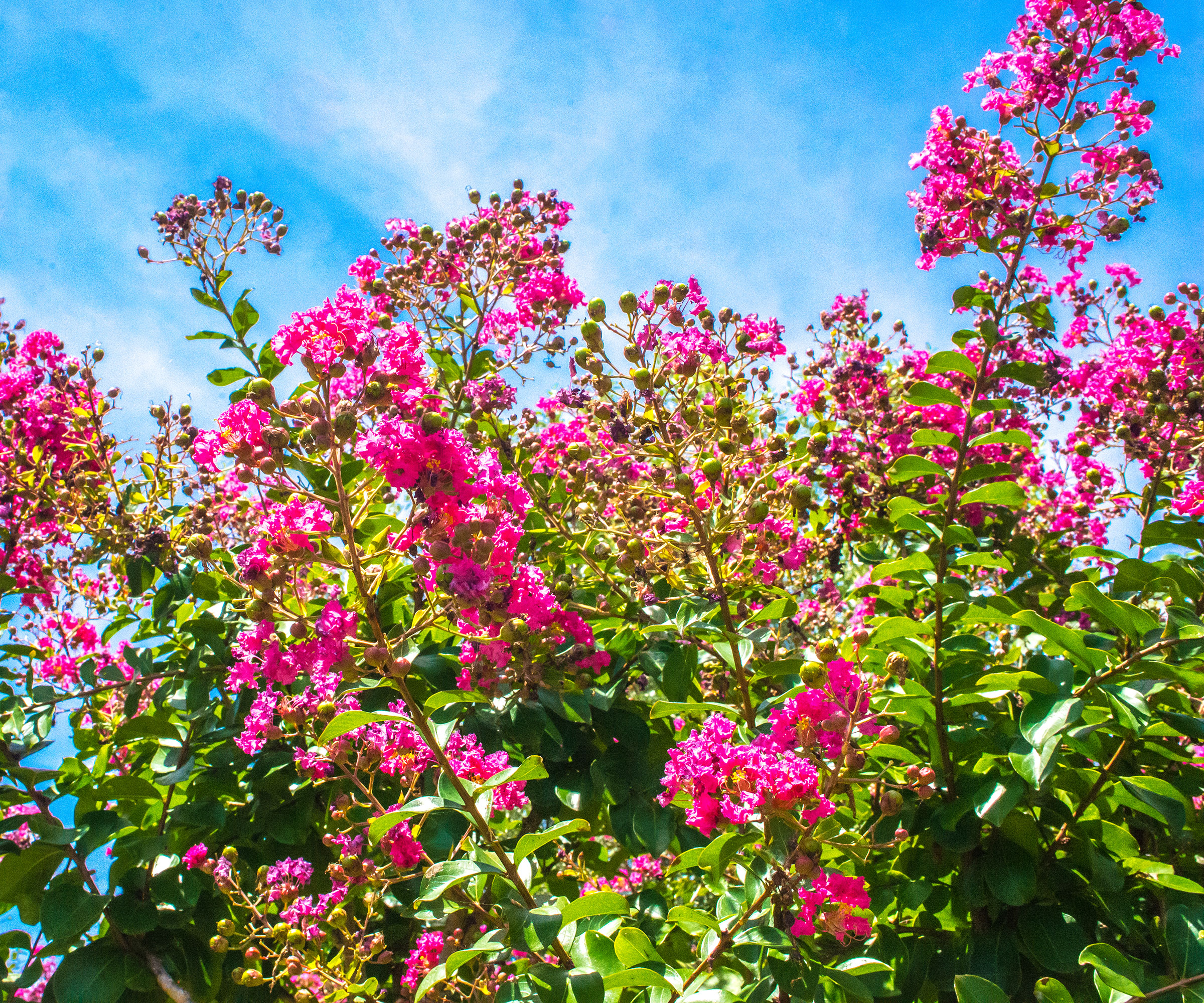
Crepe myrtle (Lagerstroemia indica) is a beautiful flowering tree that grows in USDA zones 7-10. It provides an abundance of gorgeous summer flowers in red, pink, or white. As with other summer bloomers, it’s best not to prune crepe myrtle during summer. The flowers appear on new spring growth, so trim it back in late winter or early spring. Pruning in summer delays blooming.
Sign up for the Gardening Know How newsletter today and receive a free copy of our e-book "How to Grow Delicious Tomatoes".
4. Rhododendron
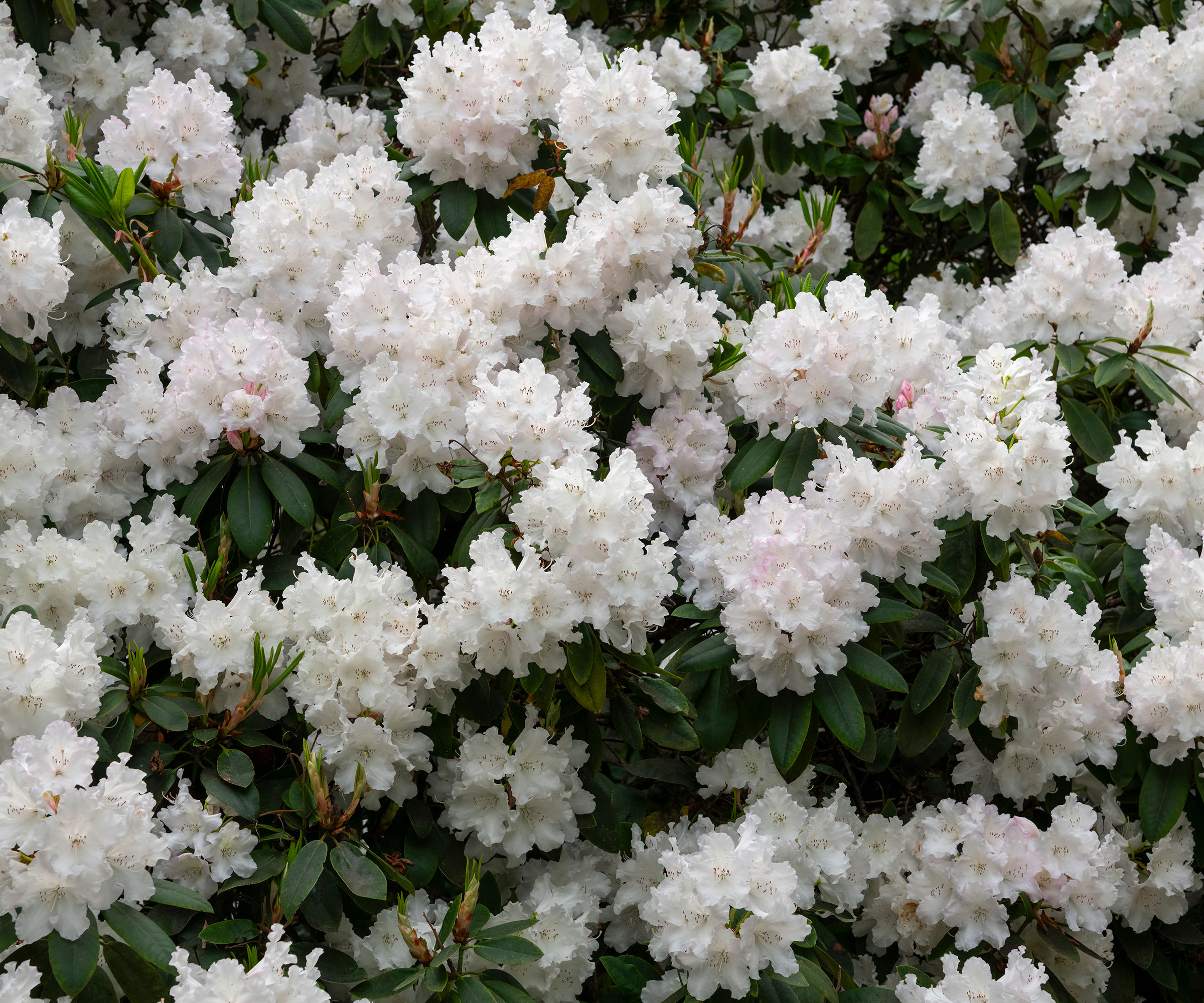
Rhododendron is a group of species of woodland shrubs, most of which bloom in spring and come in a range of sizes. They grow well in shade and are hardy in USDA zones 3-8. Rhododendrons (Rhododendron spp.) don’t need a lot of pruning. Do any light pruning soon after flowering, which may well stretch into early summer. Pruning rhododendrons any later will diminish next year’s flowers.
5. Panicle Hydrangea
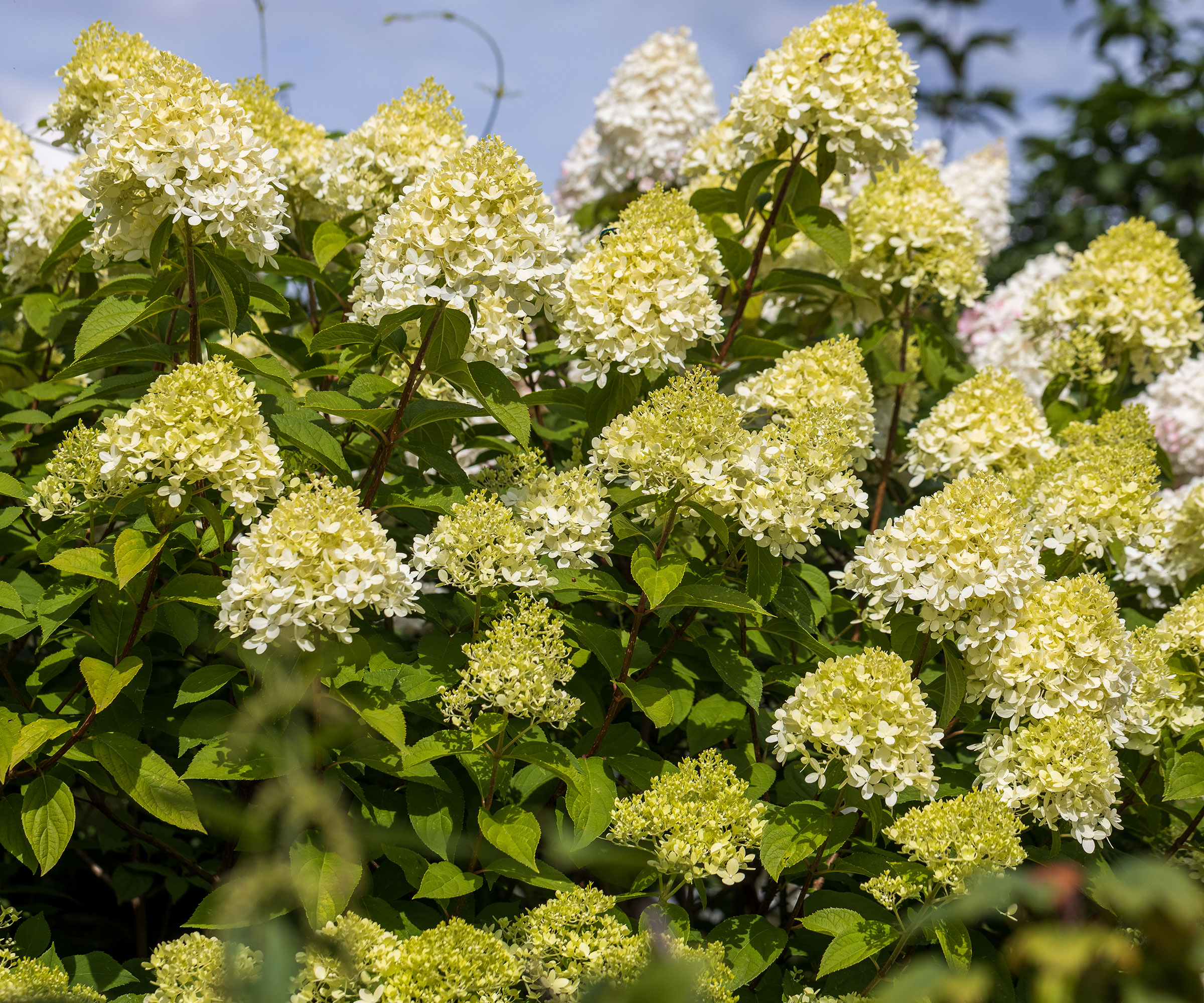
These pretty flowering shrubs are the easiest of the hydrangea types to grow and do not need much pruning. They also have a wide hardiness range (USDA zones 3-8). Panicle hydrangeas (Hydrangea paniculata) produce clusters of white flowers in summer that turn pink later. Don’t interfere with blooms by pruning hydrangea trees in summer. Instead, do any necessary light pruning in fall, late winter or early spring.
6. Smoke Bush
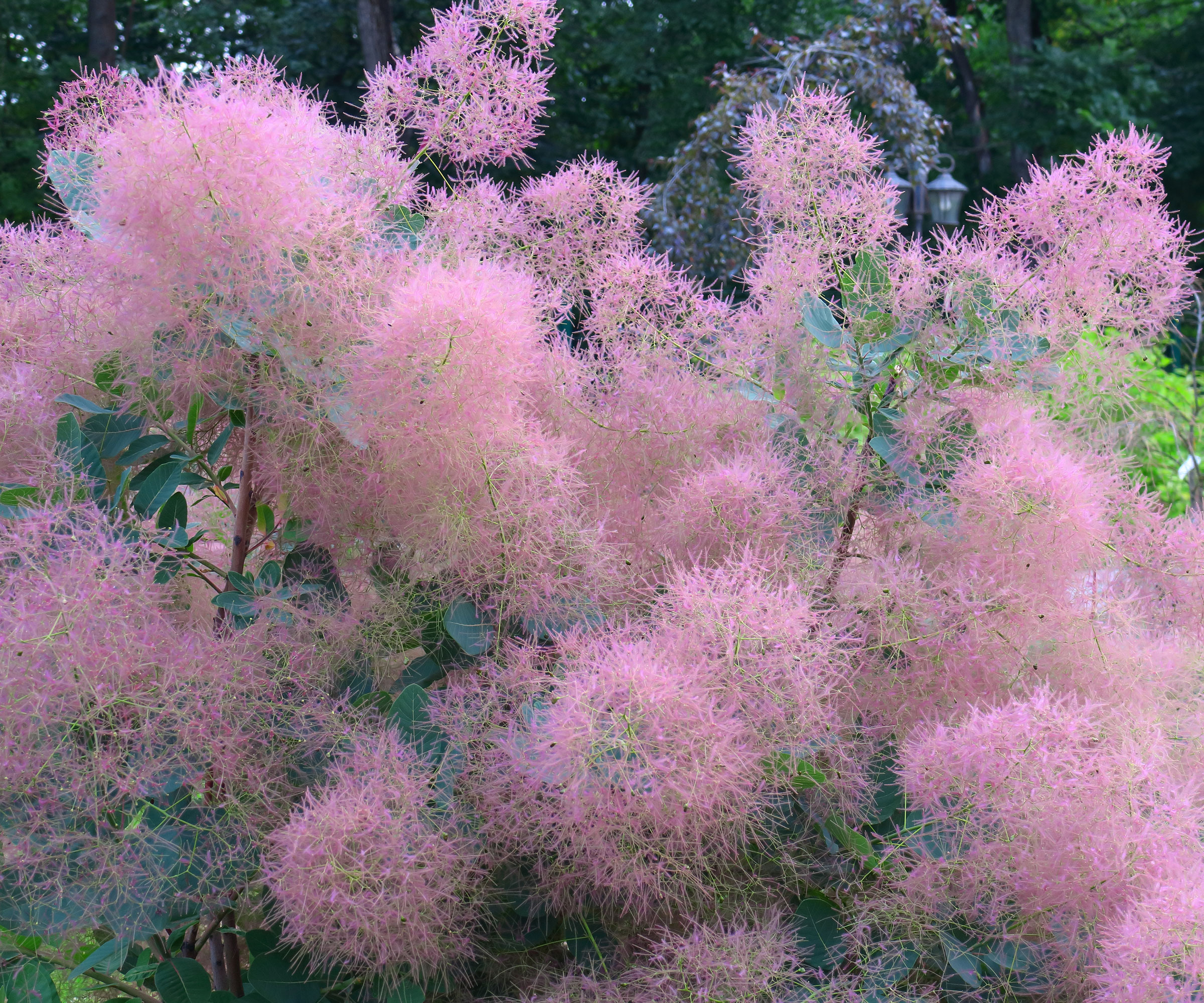
Smoke bush (Cotinus coggygria) is a large shrub hardy in USDA zones 4-9. It gets its common name from the wispy, smoke-like flowers that bloom in late spring and early summer. To ensure plenty of flowers, prune smoke bush in late winter or early spring – before flower buds have shown. If you cut it too severely, flowering will be greatly reduced for the summer.
7. Butterfly Bush
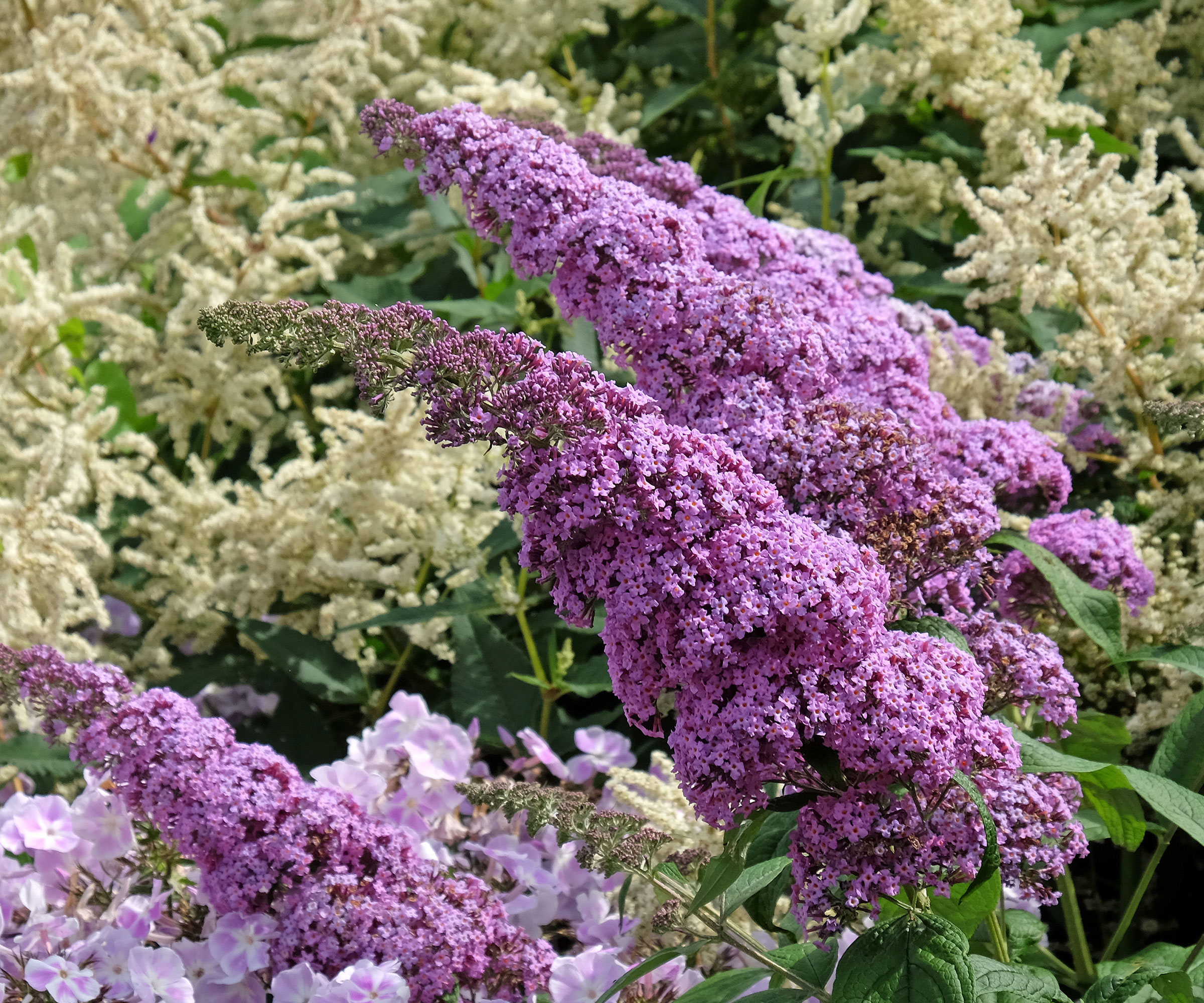
Butterfly bush (Buddleja davidii) is a medium-sized shrub that grows in USDA zones 5-9. It blooms profusely in summer and attracts butterflies with its graceful spikes of flowers in purple, pink, white or yellow. Butterfly bush can get a little unruly without trimming, though, which you can do aggressively in spring and still get a large, flowering shrub for summer.
Frequently Asked Questions
What Plants Can You Prune in Summer?
There are many plants not to prune in summer but also several that do best being trimmed during the growing season. Some examples of shrubs that you can prune safely in summer include re-blooming roses, forsythia, summer-blooming spirea, flowering quince, oakleaf hydrangea, wisteria and mock orange.
Is it OK to Trim Bushes in Extreme Heat?
Avoid pruning any plants during heat waves in summer. This can cause stress damage. If you’re pruning in summer, make sure the plant is well watered first. Prune lightly and delay pruning for cooler days.
Plants and equipment recommended by the staff at Gardening Know How
- Looking to sow seeds this summer? These 8 flowers can still be planted in August.
- Fall is the perfect time to plant perennials. Check out our handpicked perennial collection.
- Sustainable gardening is more important than ever. Shop sustainable plants and do your part.
- Want to help the bees? Plant these pollinator garden essentials.
This article features products available from third-party vendors on the Gardening Know How Shop.

Mary Ellen Ellis has been gardening for over 20 years. With degrees in Chemistry and Biology, Mary Ellen's specialties are flowers, native plants, and herbs.